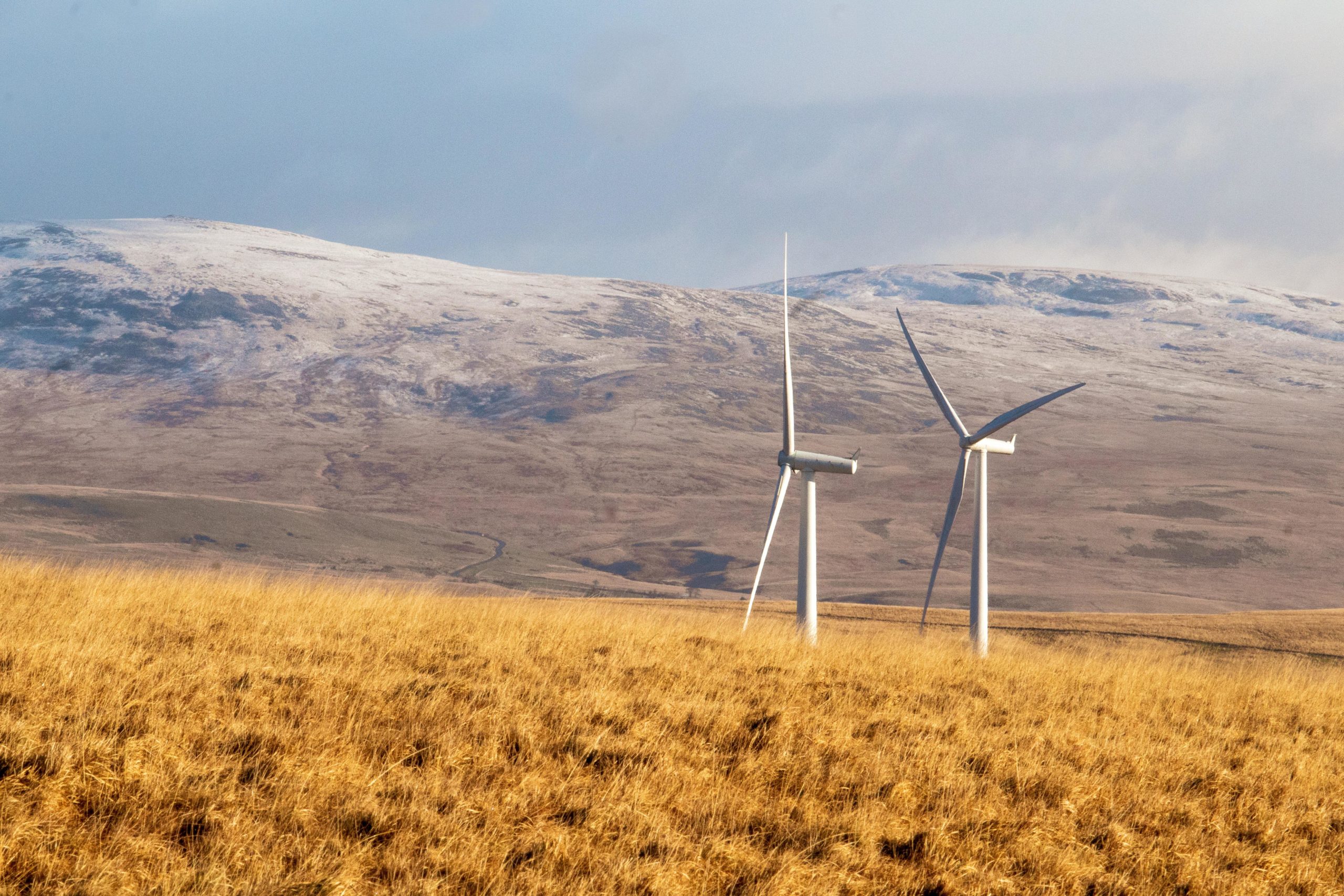London, United Kingdom, San Francisco, California, and Dubai, United Arab Emirates –(August 17, 2022) – Hydro Wind Energy, creators of viable and practical solutions to the global environmental crisis, today announced the scaling up of their innovative technology, SubSea RO Wind to desalinate seawater into fresh water at scale.
Using offshore kite systems or vertical axis wind rotors, reverse osmosis membranes and subsea pressure, the technology entirely eliminates the need of fossil fuels for water desalination – reducing costs by over 90%.
According to the World Health Organization, over 2 billion people do not have access to clean water and over two thirds of the world’s population live in water stressed regions. However, seawater desalination plants cost millions of dollars to build.
Additionally, these plants use large amounts of fossil fuels, electricity, and other resources to operate. The low cost technology from Hydro Wind Energy alters the dynamics of the global water challenge by providing a simple, low cost and practical solution for safe drinking water on a global scale.
SubSea RO Wind combines the power of altitude wind that can desalinate seawater into fresh water in unprecedented volumes. Powered by offshore kites and vertical axis wind rotors, the off the grid solution works without the costly CAPEX structure of current desalination plants. A standard commercial sized unit would produce on average 10,000 cubic meters (10 million liters) of water per day at wind speeds of 9 m/s – supplying over 300,000 people with their daily water needs.
“The use of subsea pressure to desalinate sea water through reverse osmosis membranes at sea depths of 500 meters has been extensively discussed since the early seventies and successfully tested several times in the Mediterranean and Japan. The concept itself is not novel; the main challenge has been how to extract or lift and deliver the desalinated water to shore,” said Lee King, CEO and co-founder of Hydro Wind Energy. “We have solved this problem by using wind power to lift and deliver. The main innovation lies in combining wind power for mechanical lift, a moveable subsea ballast system, subsea pressure and reverse osmosis membranes.”
The largest cost component in conventional reverse osmosis desalination is the energy input required to pressurize seawater through a reverse osmosis membrane. This energy accounts for over 50% of the total costs of desalinating seawater. The SubSea RO Wind solution replicates this pressure at sea depths of 500 meters, using the natural hydrostatic head of the ocean to drive a reverse osmosis process.
Sail and kite powered barges are used to deliver the water to shore. Since the energy input for SubSea RO Wind is offshore wind, which is stronger and more consistent than onshore wind, there is no need for fossil fuels. The technology requires two prerequisites: sea depth and offshore wind, both readily available and in abundance globally.
Additionally, with SubSea RO Wind technology about 30% of the seawater feed is desalinated and the reject brine is released back into the ocean, avoiding many of the problems that desalination plants face when disposing of the reject brine safely and cost effectively. The technology also offers lower maintenance, extended membrane life, and with minimal impact on marine life. Lastly, by eliminating the need for fossil fuels, SubSeaRO Wind will not only lower costs but significantly reduce CO2 emissions.
“Deploying our first demonstrator will reduce carbon emissions by 14,000 tons per year. Moving the technology to full commercialization with 100 systems over the next two years would be equivalent to taking 300,000 cars off the road,” said Hayk Vasilyan, CTO at Hydro Wind Energy.
“Importantly, all the components for this tech already exist which will lead to easier systems integration and automation – the solutions are all out there. Our technology is not only disruptive in terms of application, but also disrupts the current business model making it easier to supply this strategic resource at a fraction of current costs.”
The company is currently building and testing a subscale system off the coast of Fujairah in the UAE with several offshore engineering firms and strategic partners. This project will serve as the foundation for building a 10,000 cubic meter per day scale demonstrator off the coast of California.
“High costs make large-scale desalination plants an inaccessible option for countries or communities who lack the funding or infrastructure to build and operate them. Our vision is to solve the world’s water crisis both at small and large scale over the next 7 years,” said Maryam Hassani, CIO at Hydro Wind Energy. “There’s no limit to the size of the array offshore or number of deployed systems since there is ample space offshore.”
With the technology offering a significant reduction in costs, its deployment aims to be a game changer for the entire seawater desalination sector. The company was selected as one of the top 100 startups shaping the Fourth Industrial Revolution by the World Economic Forum.
For more information please visit www.hw.energy or contact Mo Helmy at mo@hw.energy.
About Hydro Wind Energy
Based in San Francisco, London, and Dubai, Hydro Wind Energy, backed by Techstars, is a tech startup developing disruptive technologies to help solve three of the biggest challenges of the 21st century: low-cost clean electricity, grid-scale energy storage and water desalination at small and large scale.
This is a Contributor Post. Opinions expressed here are opinions of the Contributor. Influencive does not endorse or review brands mentioned; does not and cannot investigate relationships with brands, products, and people mentioned and is up to the Contributor to disclose. Contributors, amongst other accounts and articles may be professional fee-based.

